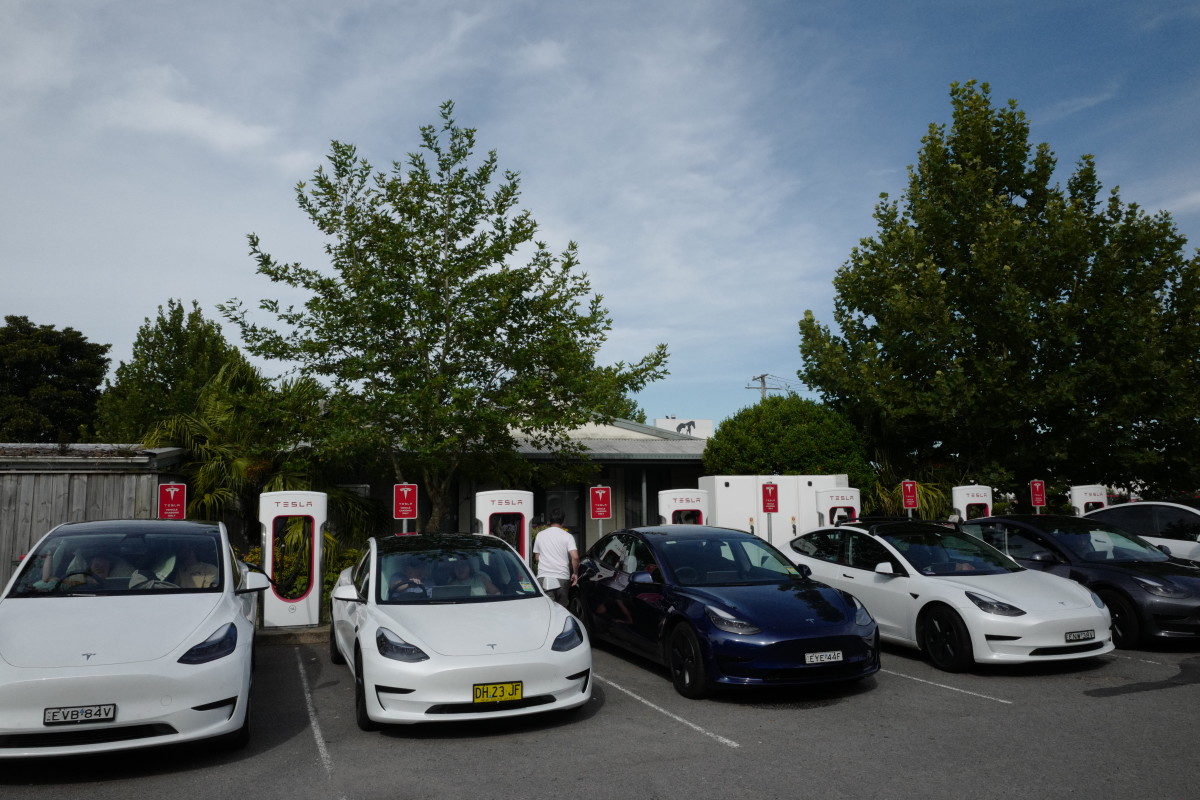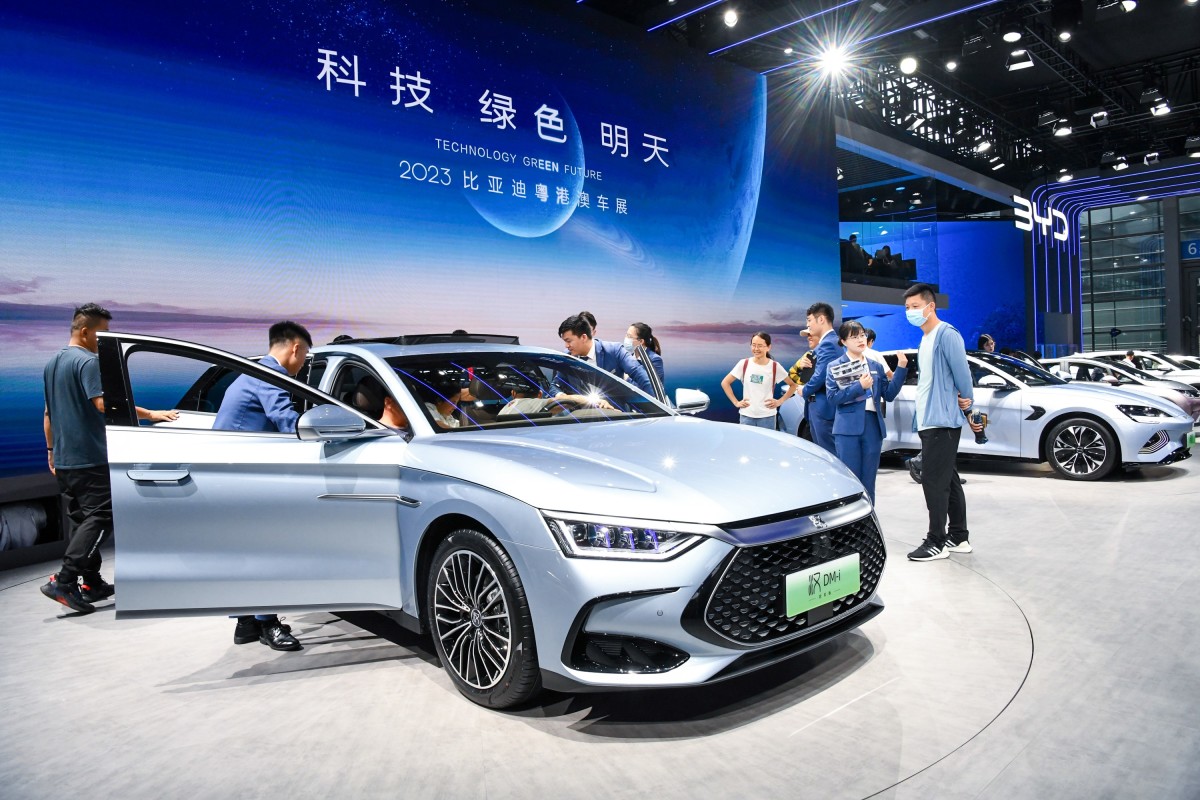
Chinese automaker BYD said Wednesday that it has obtained the country's first conditional Level Three autonomous driving test license. The license is currently specific to certain high-speed highway sections in Shenzhen, a city in southeastern China.
The company said in a post on its official Weibo account that it was granted the license in July.
Both BMW and Mercedes-Benz hold similar licenses.
Related: What's stopping Tesla from achieving Level 3 self-driving
Level Three self-driving allows for conditional automation. It is a step up from Level Two automation, which requires the hands-on, eyes-on attention of the driver; despite its name, Tesla's Full Self-Driving (FSD) remains stuck at this Level Two designation.
BYD did not elaborate on the specific limitations of its Level Three tests.
Mercedes' own Level Three technology, called Drive Pilot, allows for hands-free, eyes-free driving, though its use requires speeds of below 40 MPH and clear conditions. To use Drive Pilot, there must also be a vehicle in front of the Mercedes in question and the road must have been previously mapped by the company.
Robotaxis — which Tesla is working to design — would require Level Four of Level Five automation, which would not require human intervention.
Mercedes in September gained the approval to roll out its Level Three systems in California and Nevada. The company said at the time that it plans to expand Drive Pilot deliveries throughout 2024.
Earlier in December, BMW was granted a license to test its Level Three systems in Shanghai, China. The system, called the BMW Personal Pilot L3, will soon be available in BMW's new 7 Series car, according to the automaker.
Related: Here's the full story behind electric vehicle adoption
The importance of lidar
Experts have told TheStreet that Tesla (TSLA) -) would need to embrace lidar, a system that uses lasers to determine range and distance, in order to break beyond its current Level Two classification.
"In the Level Two system, you have cameras that are allowing the car to make driving decisions, but if they fail — and they can fail due to low light conditions or direct sun or a drop of water that blurs the camera — you need to have something to back it," Omer Keilaf, CEO and co-founder of Innoviz Technologies, told TheStreet in September.
In a Tesla, the backup to its camera system is the human driver, Keilaf said, which is why that driver must be prepared to take over operations at any given moment. In vehicles that use both lidar and cameras — such as Mercedes' and BMW's systems — the lidar represents an ingrained safety backup.
Tesla CEO Elon Musk has made repeated predictions over the years that true, human-level FSD is right around the corner. Such a technology has yet to materialize.
Even as it works to overtake Tesla's self-driving capabilities, BYD's share of global battery electric vehicles (BEV) — known also as fully-electric vehicles — has been steadily rising.

BYD took a 17% share of the BEV market by the end of the third quarter, equivalent to Tesla's own share, according to data from Counterpoint Research. This represented a 68% year-over-year growth for the Chinese automaker that far outpaced Tesla's year-over-year growth of 27%.
Counterpoint said earlier in December that it expects BYD to supplant Tesla as the top global seller of BEVs when fourth-quarter numbers come out.
Contact Ian with tips via email, ian.krietzberg@thearenagroup.net, or Signal 732-804-1223.
Related: Tesla rival makes good on one of Elon Musk's long-awaited promises
Want to turbocharge your portfolio? Learn from the investing legends and get actionable insights. Start your Real Money Pro membership today.







